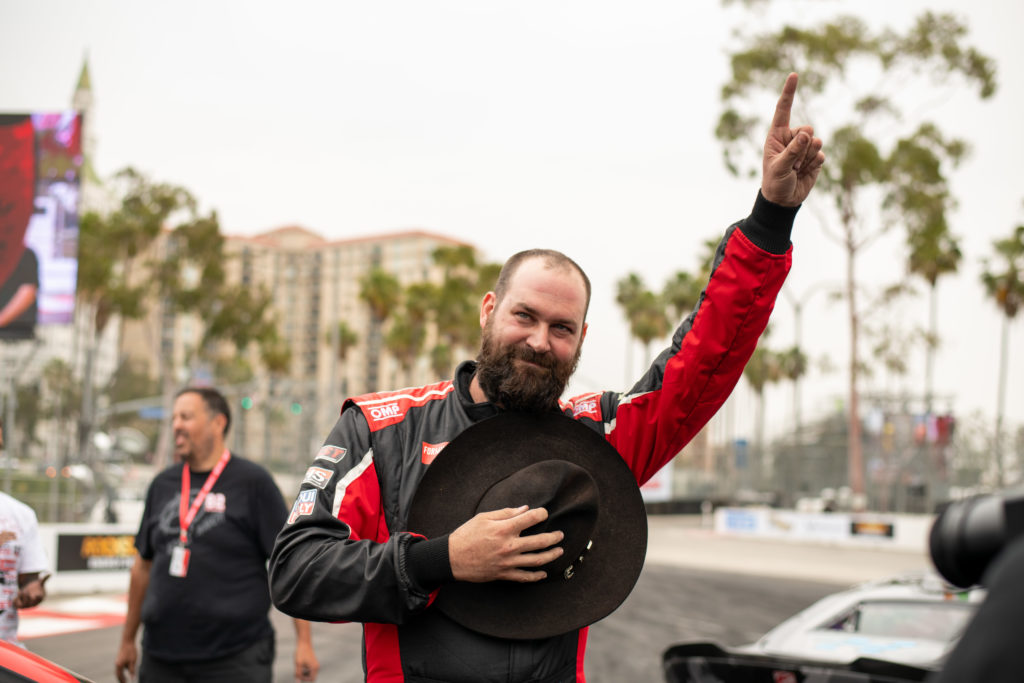By now, everyone in the car industry should have heard about the Recognizing the Protection of Motorsports (RPM) Act. The legislation potentially affects every automotive aftermarket company, employee, and enthusiast supporting it. But do you really understand why it is being proposed, the issues, and the implications for each of these groups?
While the effort during this Congress has netted the most tangible results to date regarding the RPM Act garnering the support it needs to pass through the House of Representatives and Senate, there is still work to do and hills to climb. The Specialty Equipment Market Association (SEMA) and the Performance Racing Industry are at the forefront of the fight. We interviewed Edelbrock Group Chief Commercial Officer Chris Douglas and SEMA/PRI General Counsel David Goch to get some clarity on where it stands, its impact, and its importance to the industry. Douglas spent a few years as a passionate SEMA Board member, while Goch has the unenviable task of navigating the legal aspects of getting the Act passed through government channels.
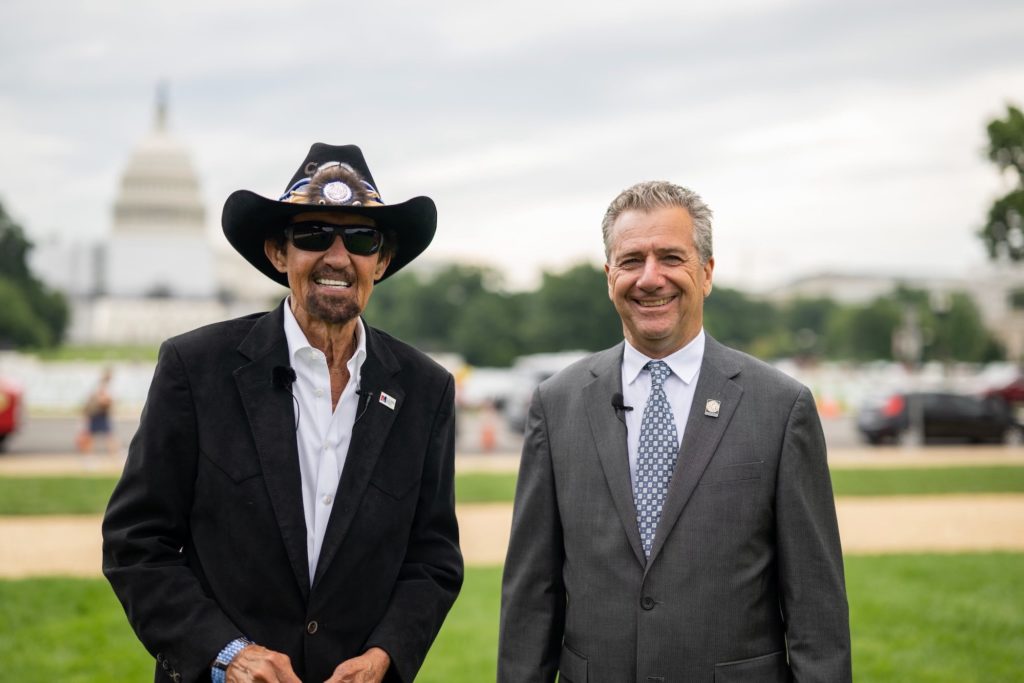
“The RPM Act is common-sense, bipartisan legislation to protect Americans’ right to convert street vehicles into dedicated racecars and the motorsports-parts industry’s ability to sell products that enable racers to compete. The bill clarifies that it is legal to make emissions-related changes to a street vehicle for the purpose of converting it into a racecar used exclusively in competition. It also confirms that it is legal to produce, market, and install racing equipment.”
SEMA Action Network (SAN)
Why Is The RPM Act Being Proposed?
In its simplest form, the RPM Act came about due to a disagreement regarding the intent of law — specifically, the Clean Air Act (CAA) enacted in 1963. The CAA is the United States’ primary federal air-quality law intended to reduce and control air pollution, administered by the Environmental Protection Agency (EPA). The RPM Act proposes to clarify the semantics, understanding, interpretation, intent, and the rule of law.
The impetus to craft the bill came about in 2015, 45 years after the Clean Air Act (CAA) became law. At that time, the EPA proposed in a ruling that once a vehicle has been certified as a street-use vehicle, it can no longer be “converted” into a racing vehicle even if it remains unlicensed, trailered to the track, and never driven on a public road. According to the EPA, the CAA only recognizes two types of vehicles: Motor vehicles and nonroad vehicles.
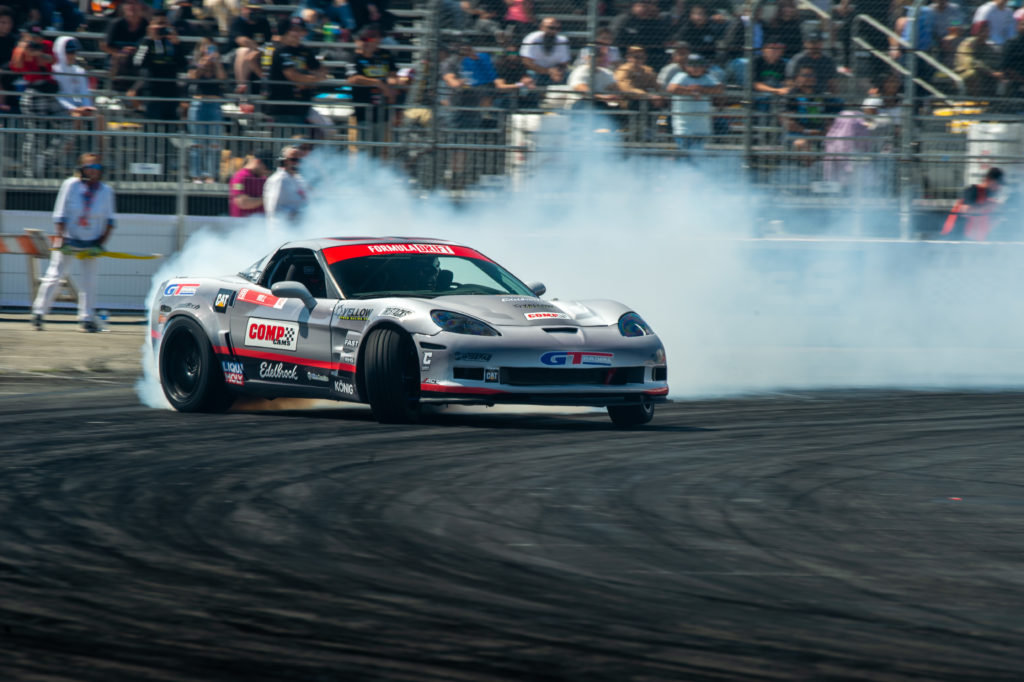
The CAA defines motor vehicles as “any self-propelled vehicle designed for transporting persons or property on a street or highway.” Nonroad vehicles are “vehicles powered by nonroad engines that are ‘not a motor vehicle or a vehicle used solely for competition’.” Racing vehicles are not explicitly carved out within the CAA; this is where the EPA’s interpretation differs from SEMA. The EPA uses the term racing vehicle to cover two types of vehicles falling outside the two definitions above and are, therefore, “exempt.” First, a vehicle designed, built, and used exclusively for racing (Indy cars, NASCAR, competition-grade snowmobiles). Secondly, a nonroad vehicle converted to competition use.
The EPA’s interpretation is based on the idea of an “original” design which, according to the EPA, can never be altered — not by future use or intended design. However, the actual wording in the CAA only uses the word “design.” So, the EPA maintains that once something is certified as a motor vehicle that it remains a motor vehicle throughout its life and is governed as such, whether it is used on-road or off. SEMA contends that a vehicle modified for racing has an entirely different function and purpose. Therefore, a racing vehicle is no longer “designed” for street use.
“Is there any other profession, vocation, or passion where when you go out and do it that you’re not sure whether what you are doing is legit and lawful? RPM is SEMA and PRI’s effort to codify in law and secure the ability to modify a street-legal vehicle into a race-use only vehicle. It is that linear.”
Dave Goch, SEMA/PRI Legal Counsel
The SAN filed a brief in court arguing against the EPA’s interpretation of the CAA, contending that the law does not apply to vehicles converted for exclusive track use. This brief led to crafting the RPM Act to remove any doubt that the CAA does not apply to track vehicles and that it is legal to modify a motor vehicle for exclusive use on the track. SAN also started a petition/email campaign to legislators in 2015 to raise awareness of the issue. Over 1.5 million letters have been sent to congress, according to SEMA.
The EPA withdrew the draft provision in 2016 after a massive outcry from SEMA and enthusiasts. However, the EPA still contends its interpretation of the CAA does not allow a vehicle to be converted into a competition racing vehicle. The vehicle will still be viewed as a motor vehicle and, therefore will still be subject to the laws governing it, should they seek to enforce it.
For the most part, the EPA’s posture for 40-plus years has been one of inaction when it comes to converting motor vehicles to racing, with only sporadic enforcement. Enforcing the law is at the EPA’s discretion, so there is a gray area that causes concern and needs legal explanation at the very least. Without the passing of the RPM Act, the EPA could decide to reintroduce or enforce the rule at any time, which leaves the industry in an uncertain state.
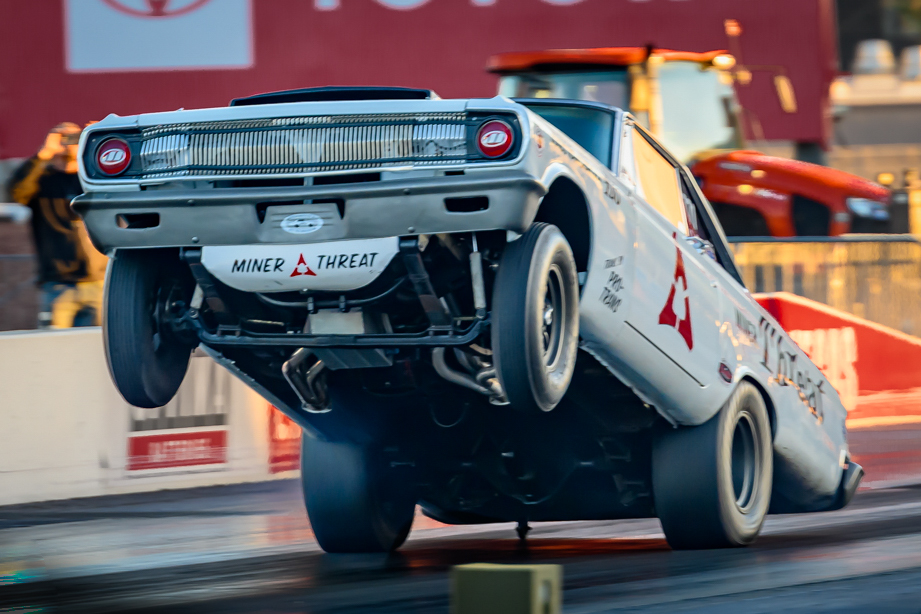
Why Is The RPM Act A Big Deal, And What Is The Impact On The Aftermarket?
The “sky is falling” scenario dictates doom for us all but things are not as dire as some want us to believe. Under Chicken Little’s view of the EPA’s current interpretation, almost every amateur racer and manufacturer that supports them violates the law if any emissions device is mechanically or electronically altered. If the EPA were to crack down, the aftermarket and just about every amateur racing series would cease to exist. However, there are too many passionate people vested (and invested) in racing for this scenario to come to fruition overnight.
It is difficult to quantify the impact and effect of the EPA’s withdrawn provision on the aftermarket. Of course, the implications affect some companies more than others, especially those dealing with emissions-related products. There is a good portion of the industry that lives in two worlds — racing and street-performance cars — who are probably a little on edge right now.
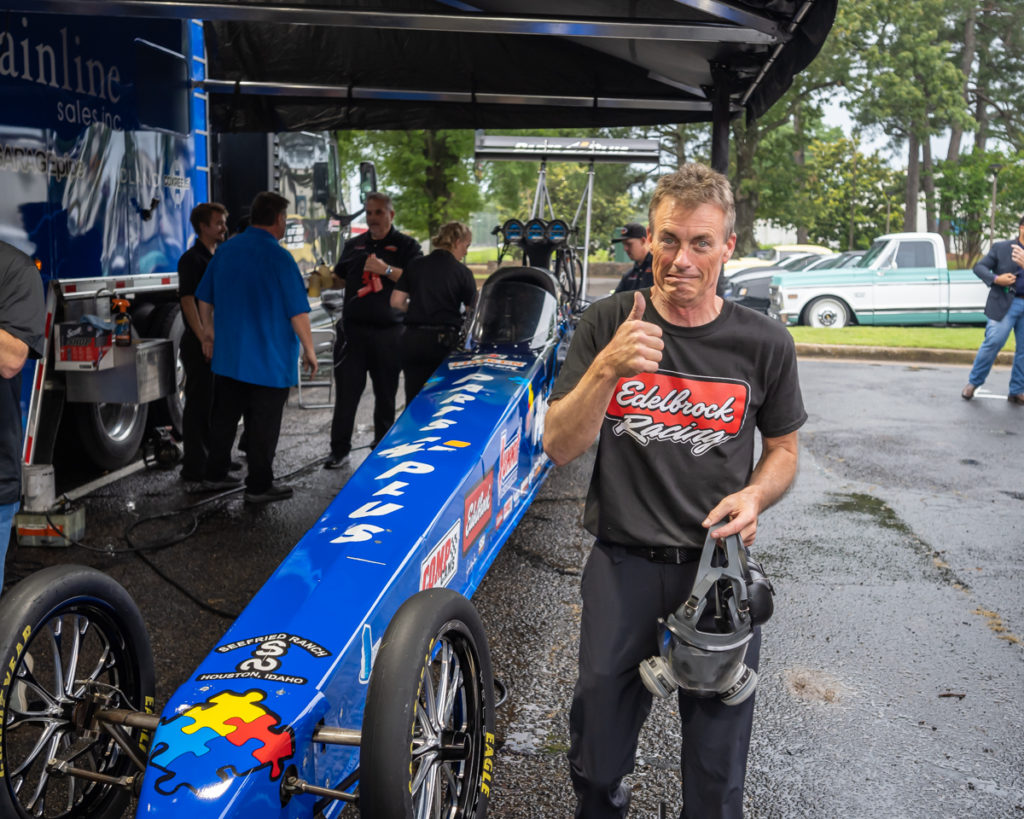
Regardless, it is no secret that the entire aftermarket is watching. At the very least, it has made people nervous. At the very worst, it has halted innovation and production. That uncertainty is what makes the RPM Act a big deal. If the rules have changed, the teams playing need to be made aware and given time to change their game plan.
“Getting it [the RPM Act] passed is critical to give some certainty to the full-on street-to-race conversion side of the market,” Chris Douglas says. “Even beyond that, for the companies that don’t necessarily make their living in that vertical, it gives our industry some momentum. The psychological impact is perhaps even more important than the legislative, showing that this industry isn’t just going to roll over and be picked on.”
While the EPA has noted (and acted on) numerous violations of varying size and at times questionable consequences, the issues are viewed as egregious. The EPA has largely ignored the fact that the industry trends toward compliance. The majority of products today are “cleaner” than 10 to 20-plus years ago with a likelihood that additional R&D will produce not only better-performing engines but cleaner ones. As Dave Goch notes, “there is no category or product line of aftermarket parts that are universally designed to usurp emissions with an intended detrimental environmental impact. Quite the contrary, many are improving the internal combustion engine with cleaner emissions profiles. That is something that gets overlooked by the EPA when talking about the issue and when they promote their enforcement ‘successes’.”
This is an excellent point. Although the push for greener options is a legitimate quest, the realists know we are not there yet. Science shows that our country doesn’t have the capability to produce electricity at the level necessary for our current electric needs, let alone to have all cars electrified by 2035. There is still room for improvement with internal combustion engines; the well is not exhausted. Fossil fuels still need to be in the mix for the foreseeable future.
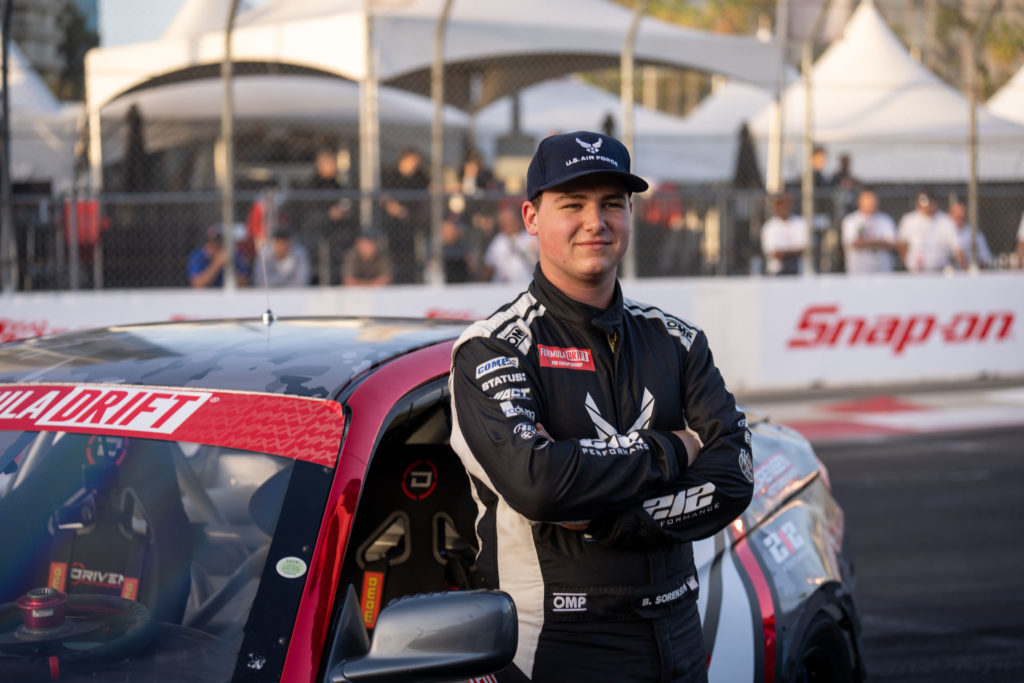
“The real shame is that if the EPA and [California Air Resources Board] CARB would take some reasonable approaches to try to partner with the industry, I do not doubt that most companies would say, ‘let’s work together and find a way to move in the right direction,’” Douglas continues. “SEMA Garage is a perfect example of that. It is at max capability because companies are trying to do the right thing, they’re trying to be good stewards. You just can’t run them out of business as they are trying to make that turn.”
The government has turned to hot rodders in the past for innovative thinking, maybe it is time for them to return and work with the aftermarket instead of against it. Indeed, a vast majority of the aftermarket plays in the realm of improving older vehicles — both in performance and emissions. The most obvious example is retrofitting an old small block with properly tuned EFI, which is definitely more efficient than a carburetor on a street car. Passing the RPM Act can help nurture innovative solutions instead of forcing compliance.
“Our industry is full of really creative, smart, passionate, fun-loving people who deserve the ability to innovate,” Goch says. “That’s all we’re looking for; we want the right to know what we are doing is lawful and legitimate, and with that, our industry will always survive. Our industry isn’t going away because there are too many people who love what we’re doing. SEMA and PRI will be there to help them, defend them, and fight for them. Our industry deserves certainty, like all other industries, we deserve to know how the game is played and what the exact rules are. If RPM doesn’t become law, our government has failed us.”
“The fight is won or lost far away from witnesses — behind the lines, in the gym, and out there on the road, long before I dance under those lights.”
Muhammad Ali, professional boxer and activist
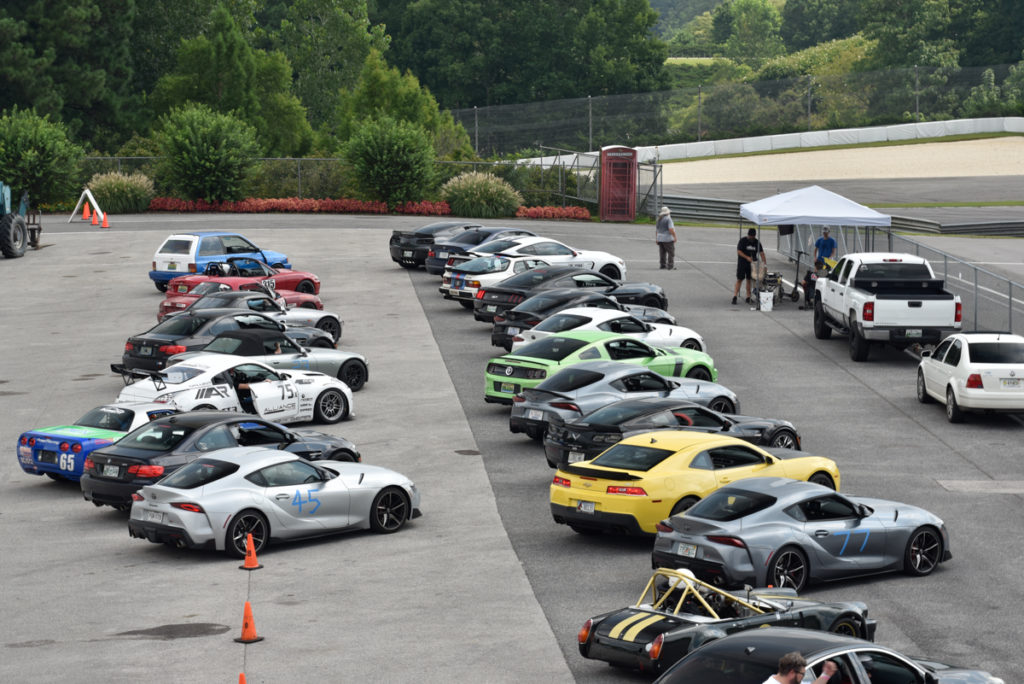
The Fight To Pass The RPM Act
There is a ton of work that goes into getting any bill passed in Congress. As one might expect (and few like to admit), it takes cubic dollars to move the needle in Washington. Despite people’s frustrations, things don’t move quickly there, either. The first step is getting support for the cause. A bill must have a sponsor(s) to introduce legislation into Congress, and RPM is well poised with over 100 lawmakers signing on.
“The fight to get the RPM Act enacted into law has been a journey and an emotional roller coaster,” Douglas says. “It is a unique piece of legislation in that it has bipartisan support in a time when you can’t get the two parties to agree on anything!” With close to 8,000 bills introduced during this congress, it highlights the importance of contacting your lawmakers to let them know the importance of the bill to their constituents.
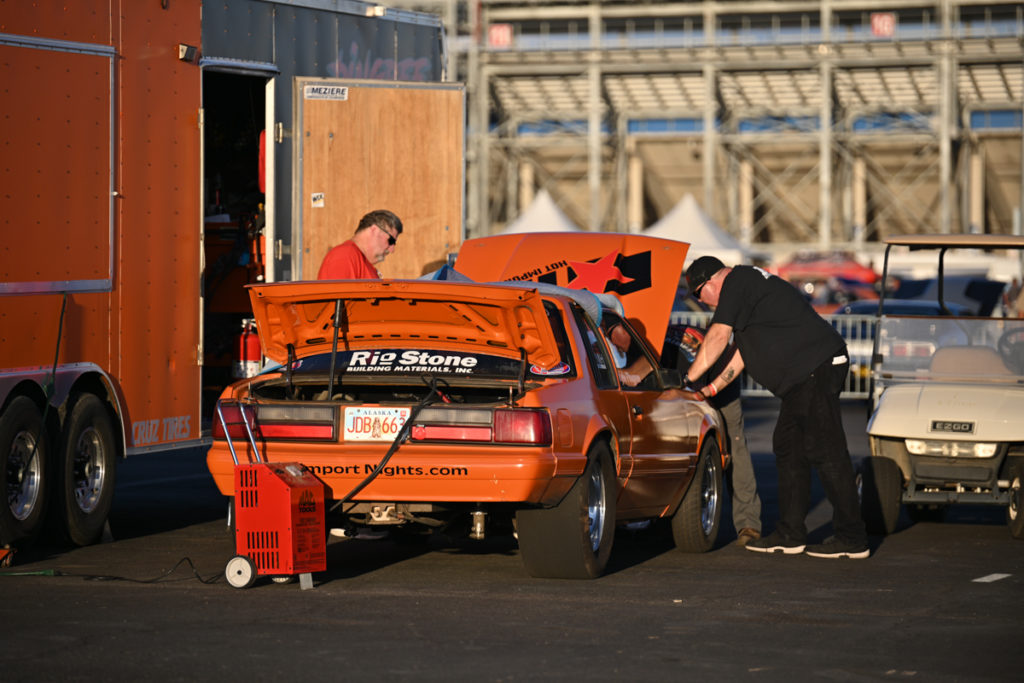
To further move the needle, SEMA (SAN) and now PRI both have political action committees (PAC) to fundraise to support elected officials who understand and appreciate this uniquely American passion.. While people may think SEMA is a big machine with great funding, when you take it to Washington, it is merely a speck. It is all about who can lobby the hardest, who can get the right people on their team, and who can make strategic legal political contributions to get the backing needed to put the bill on the docket. Engaging those people will make the aftermarket a much tougher target.
Dave Goch, the legal counsel for SEMA and PRI, is the man on the frontline for our industry navigating the murky waters in D.C. He is optimistic that RPM is closer than it has ever been.
“It is always a challenge to quantify legislatively how much ‘better’ you are doing in Washington,” he says. “In terms of the obvious metrics, we have a strong list of bipartisan co-sponsors with the most impressive list of Democrat sponsors we have ever seen. The efforts of the SEMA/PRI PACs in Washington have directly resulted in educating legislators and increasing industry friends on both sides of the aisle. There are both Democrats and Republicans who understand the passion, the joy, and the fun of this industry. Beyond that, they intellectually understand that the use of race-use-only parts on a fully converted race vehicle has negligible emissions impact.”
“Legislating in Washington, D.C. has never been ‘easy;’ it was not designed that way,” Goch continues. “I equate legislative efforts to building a house. If you’re building it right, with each additional floor you add on, it’s adding to what went before. If you have a weak foundation, then it’s all going to crumble. We have built a strong foundation and are above ground. I think we’re nearing putting on the roof. Our legislative effort this year has been the best it has ever been. We’ve been able to work with legislative staff to get to the point where, I believe, the bill becoming law is possible. We’re flooring it, we’re not tapping the brakes. We are all in.”
“There are no secrets to success. It is the result of preparation, hard work, and learning from failure.”
Colin Powell, former Secretary of State
What Do We Do Going Forward?
The importance of the RPM Act cannot be understated. If it doesn’t pass, it’s back to the drawing board with boots on the ground in Washington. If it does pass, then there is still work to do. Either way, our industry still moves forward, but there is much left to do to ensure our hobby remains a legal endeavor for us, our children, and grandchildren to enjoy. Here are a few things different groups can do to raise awareness:
Individuals
- Sign up with SAN and continue to send letters to your legislators to let them know you support the automotive industry and the RPM Act. The more they hear about it, the more likely they are to give it some attention.
- Become an influencer. Educate and encourage other enthusiasts to voice their concerns. There are millions of us out there, but many are silent because they don’t fully understand the issues.
- Use social media to remind friends of the RPM Act and the automotive hobby’s importance.
- Schedule a visit with your legislator or their staff. Invite them to make an appearance at a local car event.
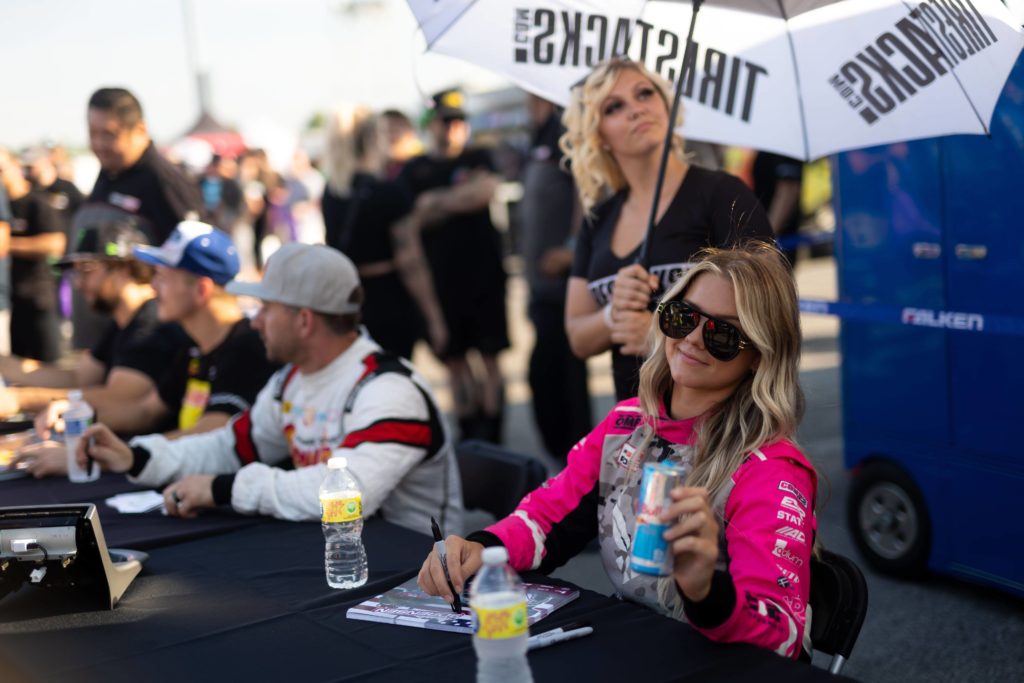
Companies
- Do the right thing. Get out of the gray areas. If your product might raise an eyebrow on emission compliance for a street vehicle, look for ways to ensure you’re in compliance.
- Use the resources SEMA and PRI make available to you such as SEMA Garage to make sure your products comply.
- Invite your legislator(s) to visit your facility. Make them feel welcome; educate them on what you do, and introduce them to your employees. Let them know how the laws they pass affect everyday Americans. Any time you can make that connection it personalizes the reason they are there.
- Stay active in educating your customers on the importance of SAN initiatives.
- For SEMA member companies, the Washington Rally is a great opportunity to visit legislators in their setting and show them the importance of our industry.
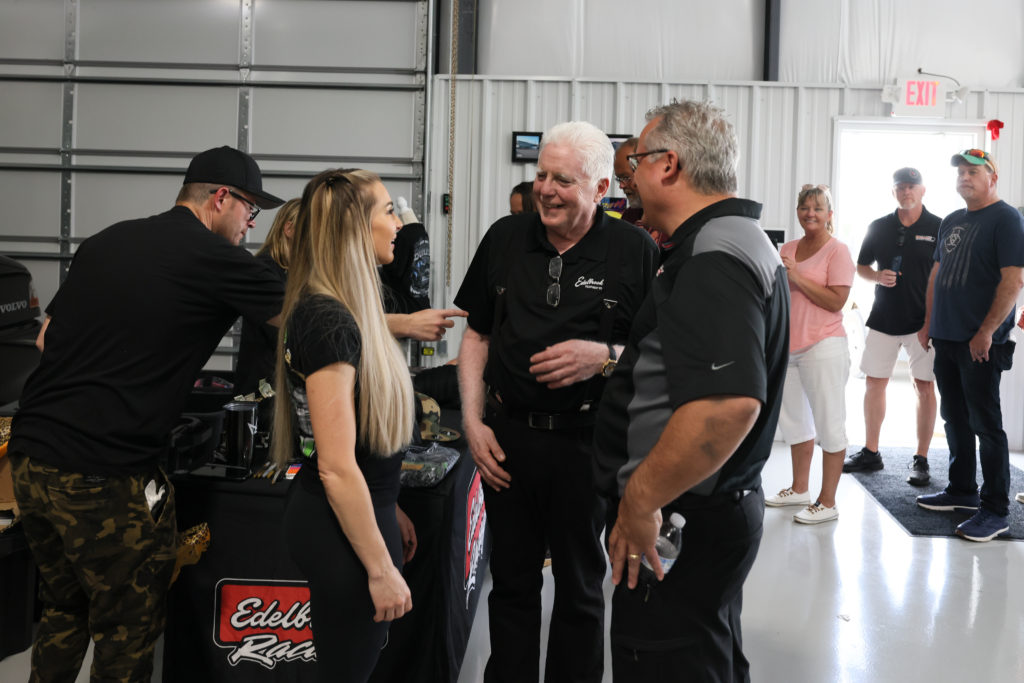
Professional Racing Organizations
- Support and stand by your feeder amateur series’. Can you imagine a Major League Baseball without the farm systems or Little League? Without amateur racing, there would be no professional racing. No one becomes a world-class driver/team after driving on the interstate.
- Educate your fans. Professional racing has the unique ability to connect with its dedicated fanbase on an almost personal level. Use the opportunity to make your fans aware of issues affecting the enthusiast’s hobby.
- Talk to lawmakers. Help them realize the money generated by the industry and the millions of people employed by it. Invite them to see your operations and how their decisions affect people in the real world.
Whether you are an individual, company, or racing organization, these are just a few small steps that can help those outside the industry understand that we believe cars are not just a mode of transportation. For us, they can be our world, our financial stability, and our way of life. Becoming a strong, respectful advocate for the automotive hobby is one of the best ways to remind those who don’t live it every day that there is an entire segment of society that relies on automobiles for their livelihood. The RPM Act is the first step in ensuring we have the right to do what we’ve been doing since the first car rolled off the assembly line. Even without it, we will continue to prosper and evolve.
“Success is no accident. It is hard work, perseverance, learning, studying, sacrifice and most of all, love of what you are doing or learning to do.”
Pele, Brazilian soccer player
